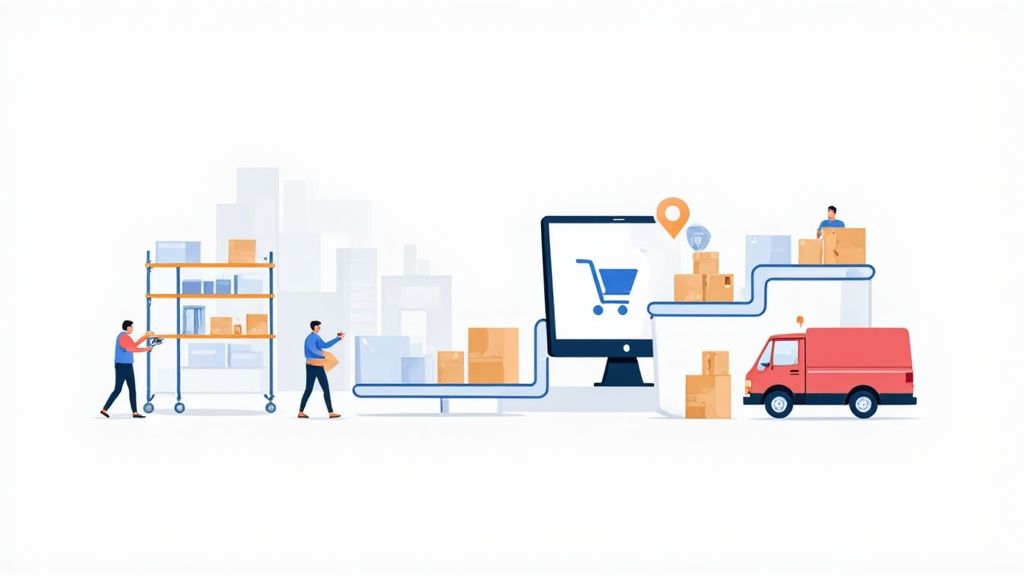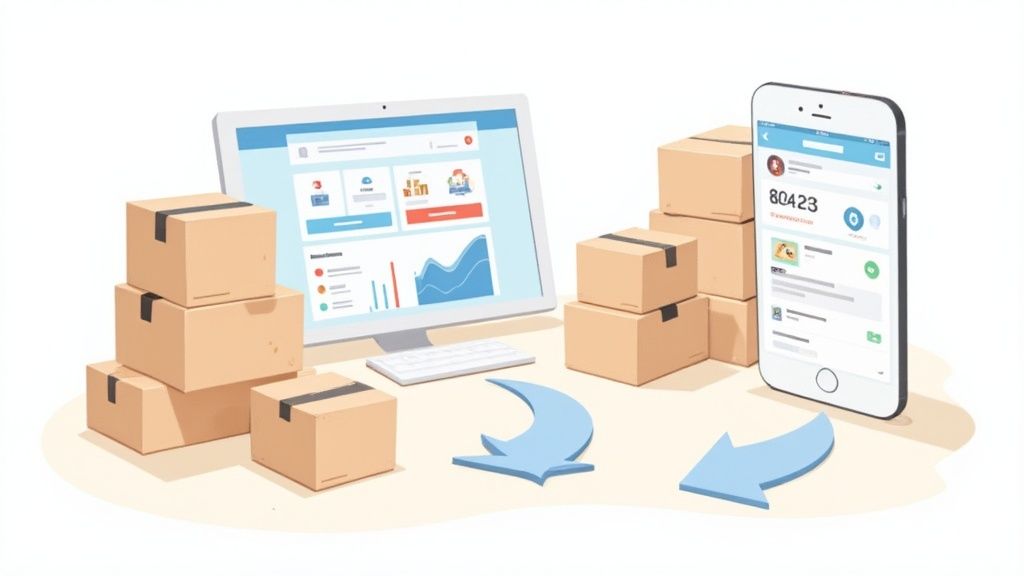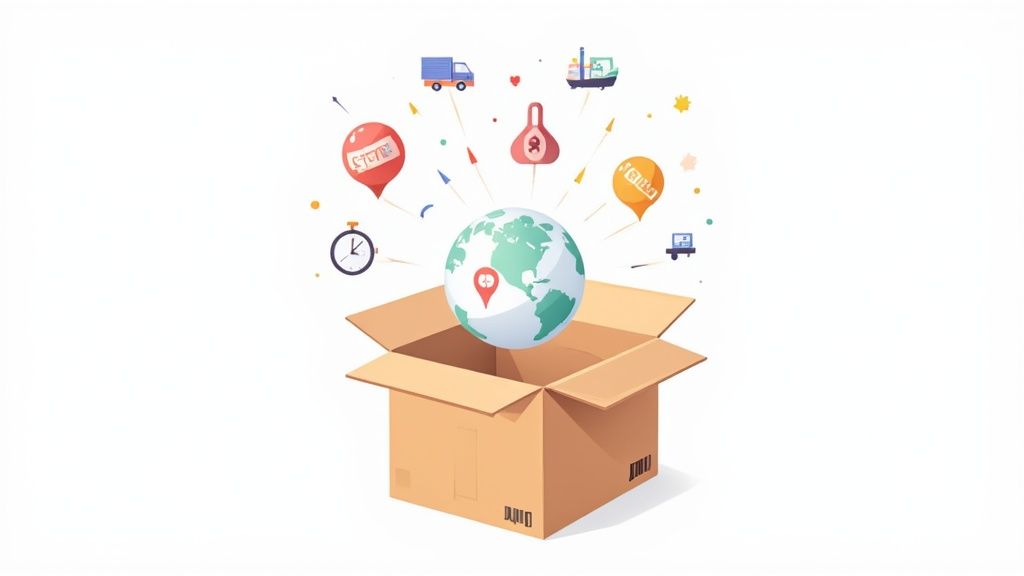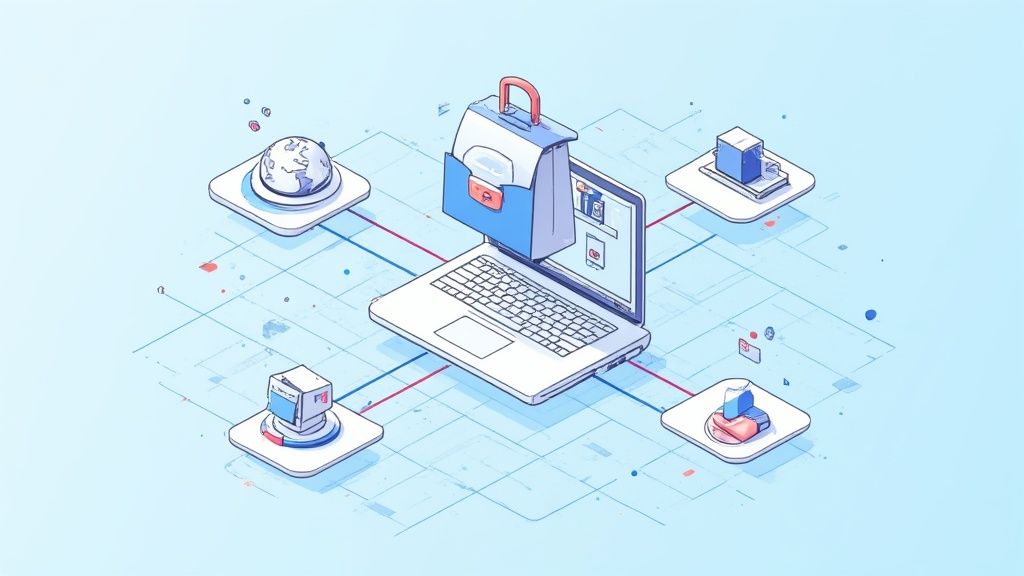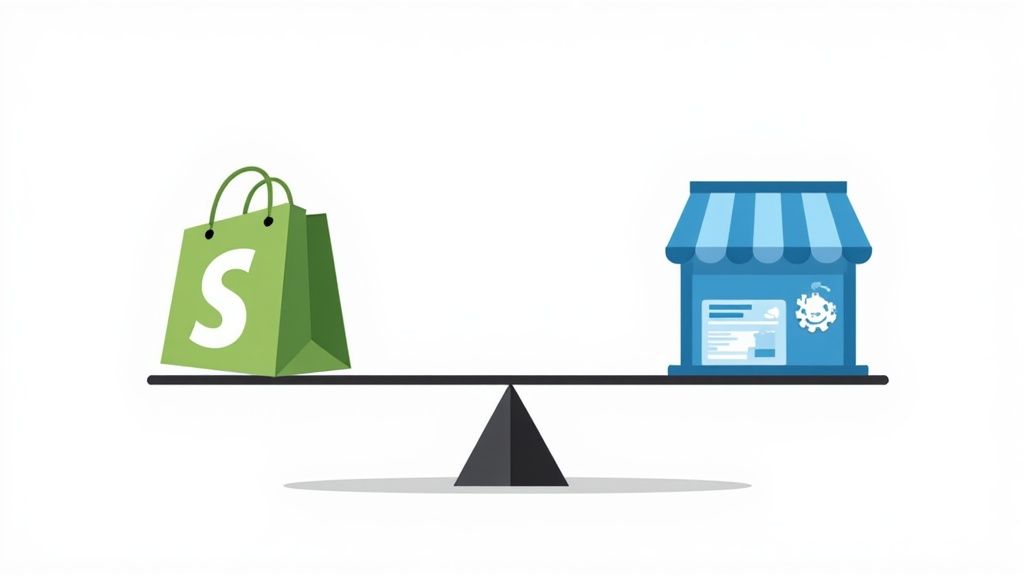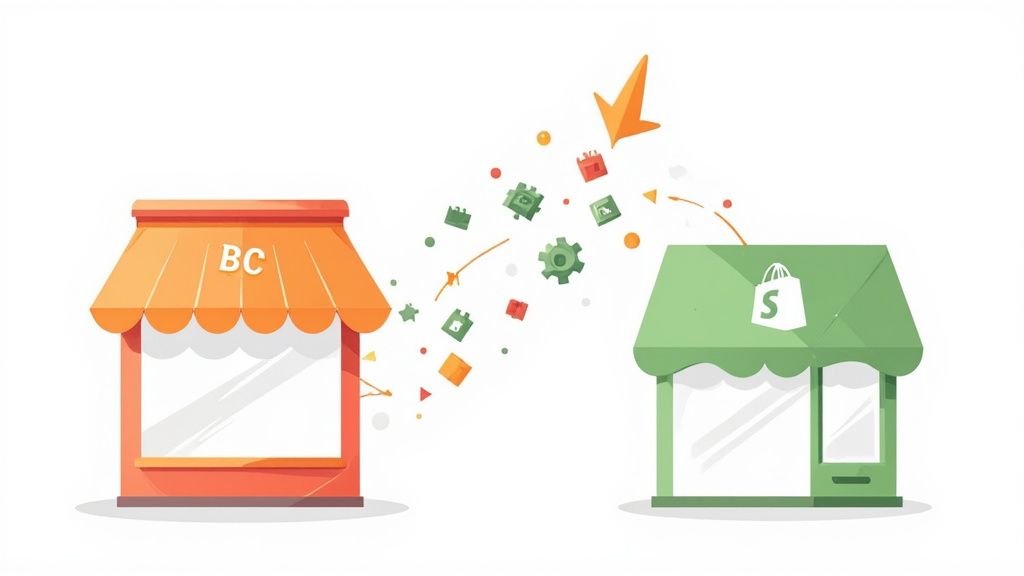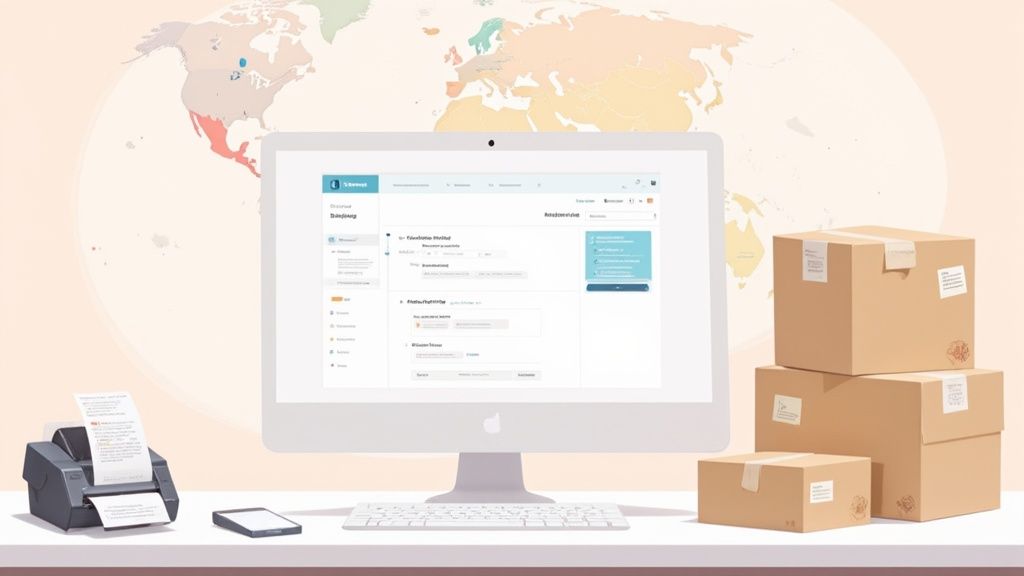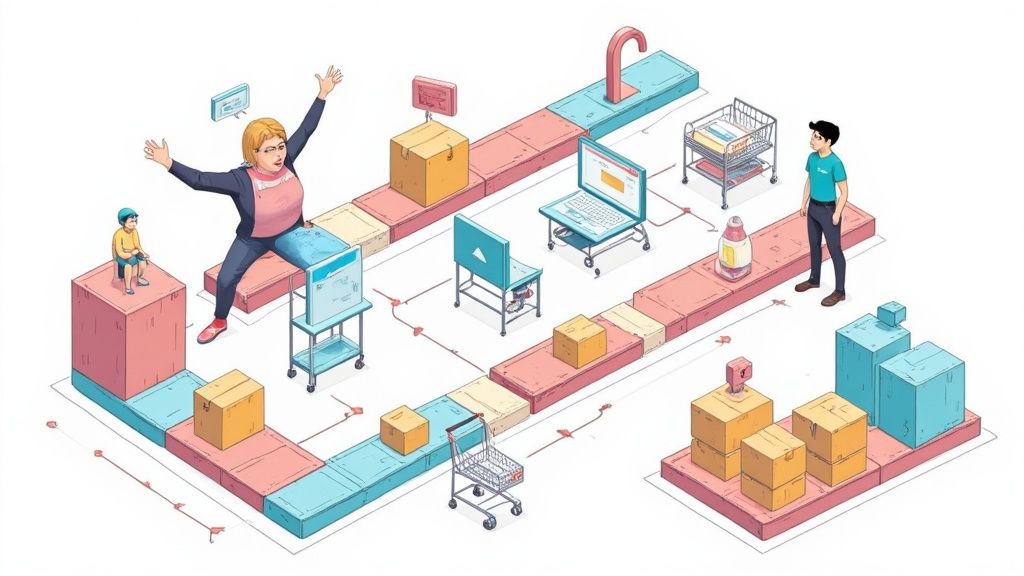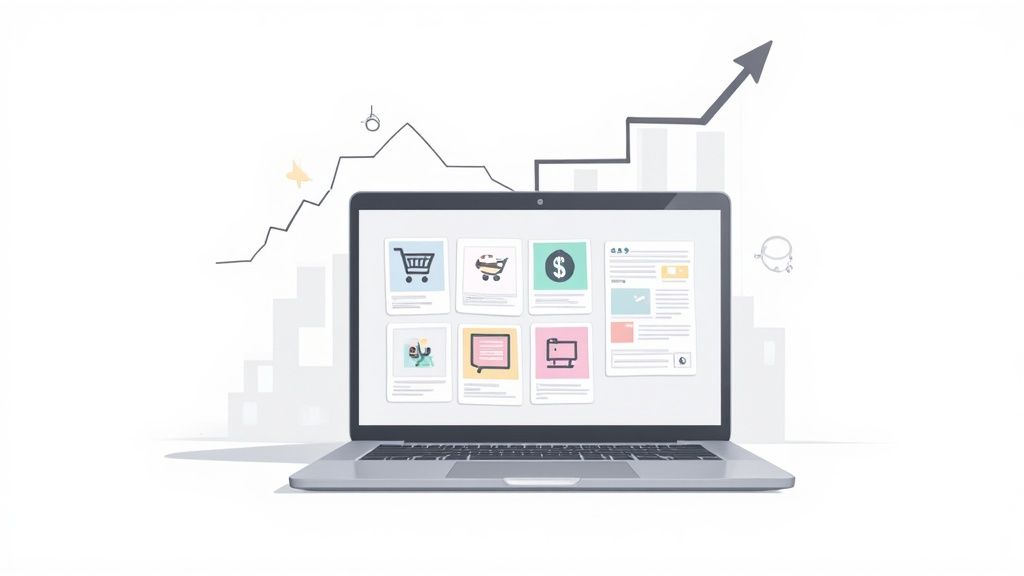
Understanding Modern Shipping Cost Dynamics

Shipping costs make up a major chunk of business expenses and directly affect bottom-line profits. When companies understand what drives these costs, they can build better strategies to reduce them. This goes beyond just finding cheap shipping rates - it requires keeping up with market conditions, global events, and new technologies that affect shipping prices.
Factors Influencing Shipping Costs
Several key elements affect how shipping costs rise and fall. Fuel prices play a huge role since they directly impact transportation costs. Global events can also throw supply chains into disarray and push prices higher. For instance, recent conflicts in the Red Sea forced many ships to take longer routes around Africa, leading to delays and extra costs.
Supply and demand shifts create big price swings too. Holiday shopping seasons typically drive up shipping rates as more companies compete for limited cargo space. Carrier pricing also gets complex, with various surcharges and dimensional weight calculations that affect the final bill. Businesses need to track all these moving parts to manage their shipping budgets effectively.
The Impact of Market Forces
Recent data shows shipping costs dropping significantly. The Freightos Baltic Index (FBX), which tracks global freight rates, has dropped by 80% from its 2021 peak. Many routes now cost what they did before the pandemic, mainly because ports are less congested and supply chains work better. Check out more details here. These changes show how quickly shipping markets can shift, making it crucial to stay informed.
Adapting to Changing Market Conditions
Smart shipping strategies require flexibility and planning. Companies should actively review their shipping methods and adjust as markets change. This means building relationships with multiple carriers, looking into different shipping options, and using technology to make processes more efficient. When businesses stay on top of market changes and adapt quickly, they can keep shipping costs down while gaining an edge over competitors.
Smart Technology for Better Shipping

Modern shipping has moved far beyond basic package tracking. Companies now use AI routing, analytics, and automation to cut costs and boost efficiency. By analyzing shipping data, these tools find optimal routes, spot potential delays early, and handle routine tasks like printing labels. This data-driven approach helps companies make smarter shipping decisions.
Making Shipping More Efficient with Automation
Automated systems speed up many shipping tasks. For example, robotic warehouse systems can pick and pack orders much faster than humans while making fewer mistakes. This means orders get processed and delivered sooner, reducing labor costs and making customers happier. These systems also work with shipping software to handle labels, schedule pickups, and monitor packages automatically.
Smart Routes and Data-Driven Planning
AI routing systems plot the best delivery paths in real-time by checking traffic, weather, and other factors. This ensures packages take the most efficient route, saving fuel and time. Data analysis takes things further by using past information to predict possible delays. Companies can fix problems before they happen and keep customers updated. This insight also helps with managing inventory and giving accurate delivery times.
Picking the Right Tools
The best technology setup depends on your company's size and needs. Small businesses often do well with simple cloud shipping platforms that offer basic automation. Bigger companies may need more advanced systems that combine AI and analytics with their current setup. Past innovations show how technology improves shipping - like how shipping containers made loading cargo much faster and easier. Learn more about shipping cost improvements over time here. Look at the return on investment (ROI) when adding new technology. Think about long-term benefits like better efficiency and happier customers. Choose tools that can grow with your business to keep shipping costs low over time.
Mastering Strategic Shipment Consolidation
Smart shipment consolidation can make a major difference in reducing shipping expenses. By rethinking how you organize and send shipments, you can significantly lower costs while maintaining service quality. The key is understanding core consolidation principles and applying them effectively.
Combining Orders for Maximum Impact
One of the best ways to cut shipping costs is merging multiple orders into single shipments. Instead of sending five separate packages to one city, combining them into one larger shipment brings down the per-package cost substantially. Get tips on reducing shipping expenses through consolidation from the American Trade Center. This straightforward approach helps businesses save money by making shipping more efficient.
Optimizing Delivery Routes and Schedules
Good consolidation requires smart route planning. By grouping deliveries for nearby locations, you can create more efficient delivery paths and use less fuel. Think of it like a delivery driver mapping the best route between stops. Setting regular shipping schedules also helps forecast and handle transportation needs in a more organized way.
Maximizing Load Efficiency and Maintaining Service Quality
Making the most of each shipment's cargo space is crucial. While you want to use space efficiently, don't sacrifice service quality by overloading. Finding the right balance between load size and safe, on-time delivery ensures both cost savings and happy customers. The goal is optimal space usage that protects your goods and maintains timely service.
Measuring Consolidation Success and Scaling Your Program
Track key performance indicators to gauge how well consolidation is working. Focus on metrics like cost per shipment, shipping frequency, and delivery times to understand your program's effectiveness. Use this data to spot areas needing improvement and refine your approach. As you grow, these measurements will guide how to expand consolidation efforts successfully.
Winning at Rate Negotiations

Getting better shipping rates takes careful planning and effort, not just asking for discounts. To succeed, you need to know your shipping patterns inside and out and build good relationships with carriers. Having clear data about your shipping needs gives you a stronger position when discussing rates.
Building Leverage and Timing Negotiations
The key to getting better rates starts with knowing your numbers. Take time to examine your shipping volume, frequency patterns, and common destinations. The more packages you ship, the more room you have to negotiate. Smart timing matters too - carriers are often more open to offering deals during their slower seasons when they want to keep business steady.
Analyzing Rate Structures and Finding Savings
It's essential to understand how carriers build their rates. Look closely at the different parts of their pricing - base rates, extra fees, and fuel costs. When you break down these components, you can spot areas where there's room for negotiation. Compare different carriers' offerings to find the best opportunities for savings.
Making Your Case and Building Strong Partnerships
Present solid facts about your business when negotiating. Show carriers specific data about your shipping patterns and payment history. Focus on being a reliable customer who pays on time and follows proper shipping procedures. Regular, open communication helps build trust. When carriers see you as a valued partner, they're more likely to work with you on rates that benefit everyone.
Having Productive Rate Discussions
Keep conversations focused on finding solutions that work for both sides. Be ready to discuss different options, like combining services or adjusting shipping schedules to get better rates. When you reach an agreement, get everything in writing - clearly spell out the rates, service expectations, and how long the deal lasts. This helps avoid confusion and sets up a smooth working relationship that can lead to real cost savings over time.
Smart Packaging Strategies That Save Money
Good packaging choices make a big difference to your bottom line. Dimensional weight pricing means carriers charge more for packages that take up extra space, so getting your packaging right can lead to major savings.
Selecting Cost-Effective Materials
The materials you use directly impact costs. Corrugated cardboard and padded envelopes work well because they protect items without adding much weight. This helps keep shipping charges down while ensuring products arrive safely. Buying packaging supplies in bulk often qualifies for better pricing too.
Designing Efficient Package Sizes
Package size matters - a lot. When boxes are bigger than needed, you pay more in dimensional weight fees for empty space. Smart package design involves using flexible options that fit different product sizes without waste. Proper sizing cuts both material costs and shipping fees.
Implementing Sustainable Packaging Solutions
You can save money while being eco-friendly. Green packaging materials like recycled paper and biodegradable options are good for the planet and often cost about the same as traditional materials. Some areas even offer tax breaks for using environmentally-friendly packaging.
Packaging Assessment and Optimization Programs
Regular reviews of your packaging help identify opportunities to save. Start by checking your current materials, sizes, and processes. Create a formal packaging optimization program with clear standards, staff training, and tracking. This helps you steadily improve and measure cost savings while reducing waste.
When businesses use smarter packaging strategies, they can significantly reduce shipping expenses and stay competitive. The key is making packaging choices that protect products while minimizing costs.
Data-Driven Shipping Cost Management

Smart shipping cost management requires careful monitoring and analysis of your shipping data. By tracking the right metrics and using analytics tools effectively, businesses can spot opportunities to reduce costs and run more efficient shipping operations.
Setting Up Reliable Tracking
The foundation of good shipping cost management is a solid tracking system. This helps you monitor packages in real-time and catch potential issues early. For example, if you notice a shipment might be delayed, you can take action before it leads to extra storage fees or rush delivery charges.
Key Metrics That Matter
Choosing the right metrics to track makes a big difference. Some essential shipping KPIs to monitor include:
- On-time delivery percentage
- Average shipping duration
- Cost per package
- Return rates
These numbers tell you how well your shipping process works and where you might be losing money. High return rates, for instance, could mean you need better packaging or clearer product descriptions.
Making Data Work For You
Analytics tools help turn shipping data into practical insights. By looking at past shipping patterns, you can:
- Predict future shipping expenses
- Get better rates from carriers
- Choose the most cost-effective packaging
- Find and fix shipping route problems
Keeping Your Strategy Fresh
Your shipping strategy needs regular updates to stay effective. Review your metrics monthly, fine-tune your tracking methods, and adjust to market changes. This helps keep shipping costs down while maintaining good service as your business grows.
ECORN provides expert guidance on making your eCommerce shipping more cost-effective. Get in touch to learn how we can help optimize your shipping operations.







